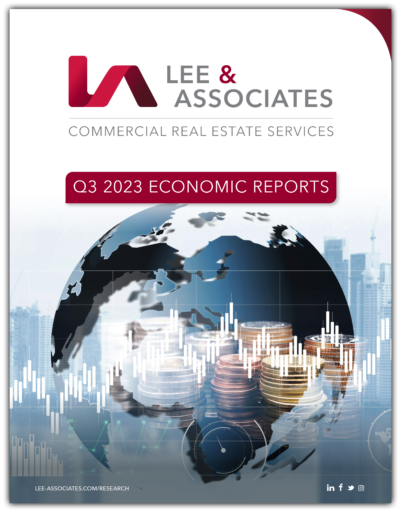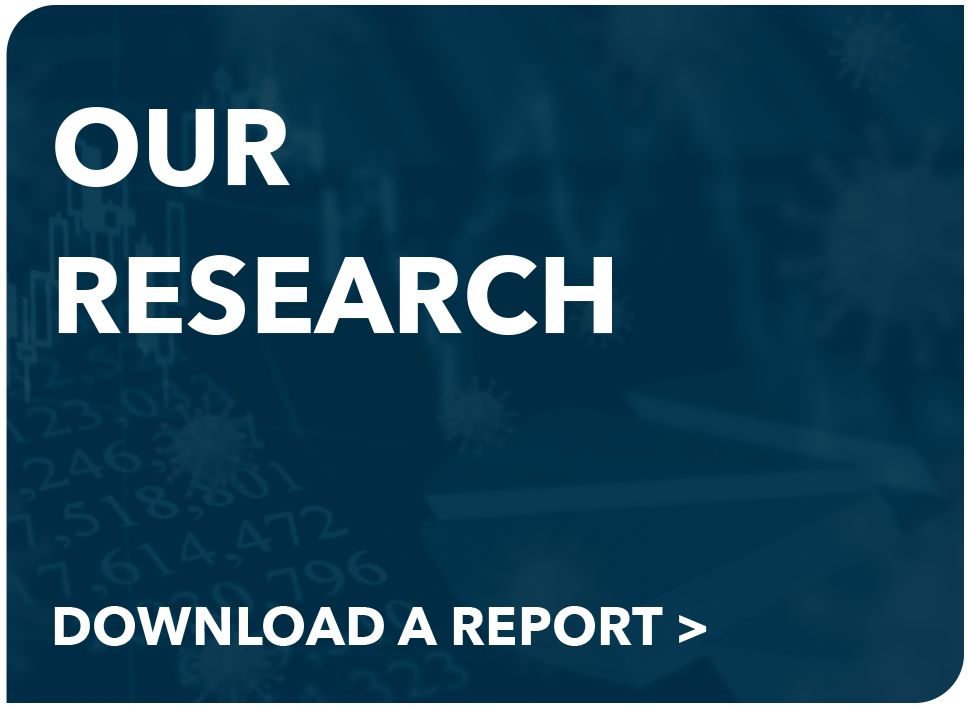GDP GROWTH:
The U.S. economy grew faster than expected in the third quarter and the most in nearly two years, fueled by strong consumer spending in spite of higher interest rates, inflation pressures and other domestic and global headwinds.
Gross domestic product, a measure of all goods and services produced in the U.S., rose at a 4.9% annualized pace from July through September, more than double the 2.1% pace of the second quarter, the Commerce Department said.
The economy accelerated despite the Federal Reserve’s commitment to slow growth and inflation by raising its benchmark short-term interest rate to about 5.4%, its highest level in 22 years.
Meanwhile, core inflation has eased sharply from its recent peak in June 2022. The Commerce Department said prices – excluding volatile food and energy categories – rose an annualized 2.4% in the third quarter, only modestly above the Fed’s 2% target. But there are warning signs underlying the surprising Q3 numbers. Americans saved less and their incomes, adjusted for inflation, fell over the summer. That could mean the pace of spending will ease in coming months. Business investment also stalled.
The summer’s strong performance showcased the economy’s stamina. Growth could slow in the fourth quarter because of the United Auto Workers strikes, the resumption of student loan repayments by millions of Americans, the lagging effects of the rate hikes and rising geopolitical tensions. Long-term interest rates, wars in Ukraine and Middle East, and possibility of a partial government shutdown also could cause cracks to emerge. The sharp increase in GDP came due to contributions from consumer spending, increased inventories, exports, residential investment and government spending. Economists had been expecting a 4.7% increase. The GDP increase marked the biggest gain since the fourth quarter of 2021. READ MORE >
EMPLOYMENT:
The U.S. job market demonstrated its resilience in the third quarter even as the Federal Reserve continued to pump the brakes on the economy. September nonfarm payrolls grew by 336,000, the most in eight months and exceeding expectations. Job growth data for July and August were revised upward. More jobs were added in the third quarter compared to the second. The unemployment rate was unchanged and near its 50-year low.
Employment has been a focus of the Federal Reserve. In its efforts to reduce inflation, the central bank has been raising interest rates to slow economic and wage growth. A recession was widely expected in 2023, but hiring remains strong and third-quarter GDP was 4.9%, the most in nearly two years. Meanwhile, the rate of core inflation fell to 4.1% at the end of Q3 from a post-Covid peak of 6.6% a year ago. The Fed’s target rate is 2%. “Like most reports, the Fed will find things to like and dislike here. Inflation data will weigh heavily” ahead of the Fed’s next meeting, said Andrew Patterson, Vanguard senior economist.
September’s gain, the 33rd consecutive monthly increase, is the largest monthly jump since January. It is significantly more than August’s net increase of 227,000 jobs, which was revised up by 40,000 from initial estimates. Job growth at the height of summer was stronger than initially thought. In addition to August’s revisions, July’s gains were revised up by 79,000 to 236,000.
The job growth occurred across all major sectors. Leisure and hospitality helped drive job growth higher with 96,000 jobs added. That exceeds the pace of 61,000 jobs a month the sector posted during the past 12 months, according to the BLS report. Government jobs also saw a hefty boost in September, rising by 73,000. READ MORE >
MONETARY POLICY:
The Federal Reserve declined to raise interest rates at its regularly scheduled September meeting but Federal Reserve Chairman Jerome Powell held out the possibility of another rate hike by the end of the year. To reduce inflation, the Fed has raised rates 11times since early 2022. There is a growing sense at the central bank that the economic slowing it has sought could produce a “soft landing” or, at the worst, a garden-variety recession.
The federal funds rate today is set at a range of 5.25% to 5.5%, its highest level since early 2001. The Federal Open Market Committee will make interest rate decisions in early November and again in mid-December. It’s unclear when the central bank will begin cutting rates.
The Fed’s current rate policy is a dramatic shift from its easy money stance dating back to the financial crisis of 2008. Over much of that period, including 2020 and 2021, the federal funds rate was set to a range of 0.00% to 0.25%. In March 2022, as inflation surged, the Fed shifted course and rapidly raised rates throughout the remainder of 2022 and into this year.
The Fed also retained its commitment to reversing its Covid-era policy that involved purchases of Treasurys and mortgage-backed securities to ensure ample liquidity to meet the demands of capital markets. The Fed has trimmed its balance sheet of those assets from a peak of nearly $9 trillion in April 2022. This tightening combined with higher interest rates was aimed at tempering inflation by slowing economic growth through higher borrowing costs. Since early 2022, the Fed’s balance sheet declined to roughly $8.1 trillion, down 9.6% from its peak, but still sizable by historical standards. READ MORE >
GLOBAL ECONOMY:
lements of the global economy have improved this year but the conflict between Israel and Hamas appears certain to inject renewed volatility into the markets reminiscent of the commodity chaos that followed Russia’s invasion of Ukraine early last year.
“Geopolitical tensions are the real economic risks now and we are all aware of that,” said French Finance Minister Bruno Le Maire, at a meeting hosted by the International Monetary Fund in Morocco immediately after Hamas’ attack. “Any escalation in the region would, of course, have a significant impact on global growth.”
Total global trade is set to grow only 0.9% this year as the IMF expects a sharp drop from 5.1% growth last year. The IMF is concerned that slowing global trade could usher in an era of deglobalization with national security driving economic policy of nations rather than growth. Geopolitical conflicts such as Russia’s invasion of Ukraine — and friction between the U.S. and China — have already upended supply chains. Supply disruptions not only slow growth but also have prompted investors to factor in more future risks from potential geopolitical shocks, helping drive up interest rates.
Persistent inflation continues to vex global central banks and investors. The IMF boosted its inflation forecast for next year to 5.8%, up from its previous forecast of 5.2%. For most nations, the IMF doesn’t expect price growth to return to targets set by central banks before 2025.
Strong U.S. economic data, including September’s strong hiring report, helped send Treasury yields to 16-year highs while many investors bet the Federal Reserve would keep interest rates elevated. The IMF this week boosted its growth projections for the U.S. economy, now forecasting 2.1% growth this year and 1.5% next year, a sign of “a softer landing than earlier expected.” READ MORE >




